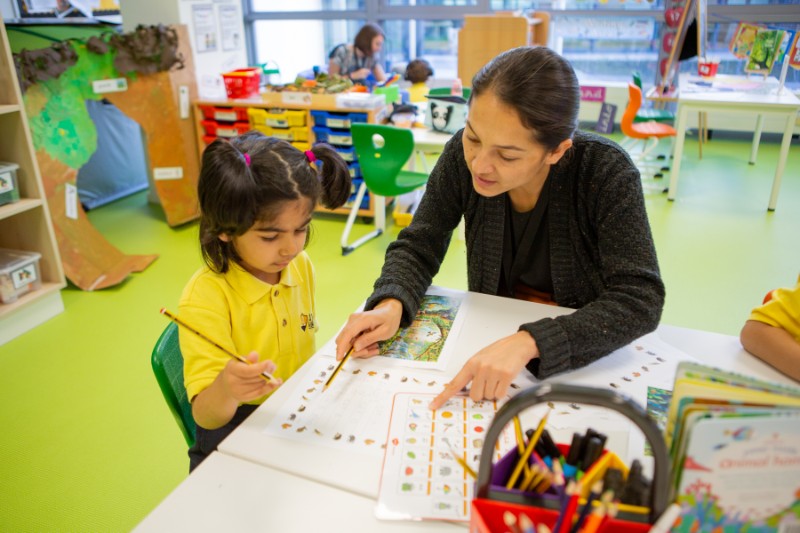
Image Source: Google
The Netherlands is known for its progressive education system that focuses on child development and creativity. At a Dutch school in the Netherlands, innovative early education approaches are being implemented to provide a nurturing environment for young learners. Let's delve into the unique methods and practices that make this school stand out in the realm of early childhood education.
The Philosophy of Early Education at the Dutch School
At the Dutch school in the Netherlands, the philosophy of early education is centered around the following key principles:
- Child-Led Learning: The curriculum is designed to follow the interests and pace of each individual child, allowing them to explore and discover at their own rhythm.
- Play-Based Approach: Play is seen as a crucial component of learning, with ample opportunities for children to engage in imaginative and hands-on activities.
- Holistic Development: The school emphasizes the development of the whole child, including social, emotional, physical, and cognitive aspects.
Implementing Child-Led Learning
One of the core elements of the early education approach at the Dutch school is child-led learning. This method allows children to take the lead in their learning journey, fostering autonomy and curiosity. Here's how child-led learning is implemented:
- Individualized Learning Plans: Each child has a personalized learning plan based on their interests, strengths, and areas for growth.
- Open-Ended Activities: Children are given open-ended tasks and projects that encourage creativity, problem-solving, and critical thinking.
- Freedom of Choice: Students have the freedom to choose their activities and explore various subjects based on their preferences.
The Role of Play in Early Education
Play is considered a fundamental aspect of early childhood education at the Dutch school. Through play, children can develop important skills such as communication, collaboration, and creativity. Here's how play is incorporated into the curriculum:
- Structured and Unstructured Play: Children have a balance of structured activities and free play time to explore their interests and socialize with peers.
- Play-Based Learning Centers: The school has designated areas for different types of play, such as a sensory table, block area, and dramatic play corner.
- Outdoor Play: Outdoor play is encouraged to promote physical health, gross motor skills, and a connection to nature.
The Learning Environment at the Dutch School
The physical environment plays a crucial role in shaping the learning experience at the Dutch school. Here are some key features of the learning environment:
- Natural Materials: The classrooms are filled with natural materials like wood, plants, and rocks to create a calming and earthy atmosphere.
- Flexible Spaces: The layout of the classrooms is designed to be flexible, allowing for different types of activities and groupings based on the children's needs.
- Lots of Light: Natural light floods the classrooms, creating a bright and welcoming space for learning and exploration.
Creating a Sense of Community
Building a sense of community is essential in the early education setting. At the Dutch school, efforts are made to foster a strong community among students, parents, and teachers. Here's how this is achieved:
- Parent Involvement: Parents are encouraged to participate in school activities, volunteer in the classrooms, and engage in their child's learning journey.
- Celebrating Diversity: The school celebrates diversity by incorporating different cultural traditions, languages, and perspectives into the curriculum.
- Collaborative Learning: Children are encouraged to work together, share ideas, and learn from one another, promoting a sense of belonging and cooperation.
Embracing Sustainability
Sustainability is a key value at the Dutch school, and children are taught the importance of caring for the environment and living in harmony with nature. Here's how sustainability is integrated into the curriculum:
- Recycling and Composting: Children learn about recycling and composting practices, and are involved in sorting waste and tending to compost bins.
- Outdoor Gardening: The school has a garden where children can plant and care for fruits, vegetables, and flowers, fostering a connection to the earth.
- Nature Walks: Regular nature walks and outdoor excursions are organized to explore the local environment and appreciate the beauty of the natural world.